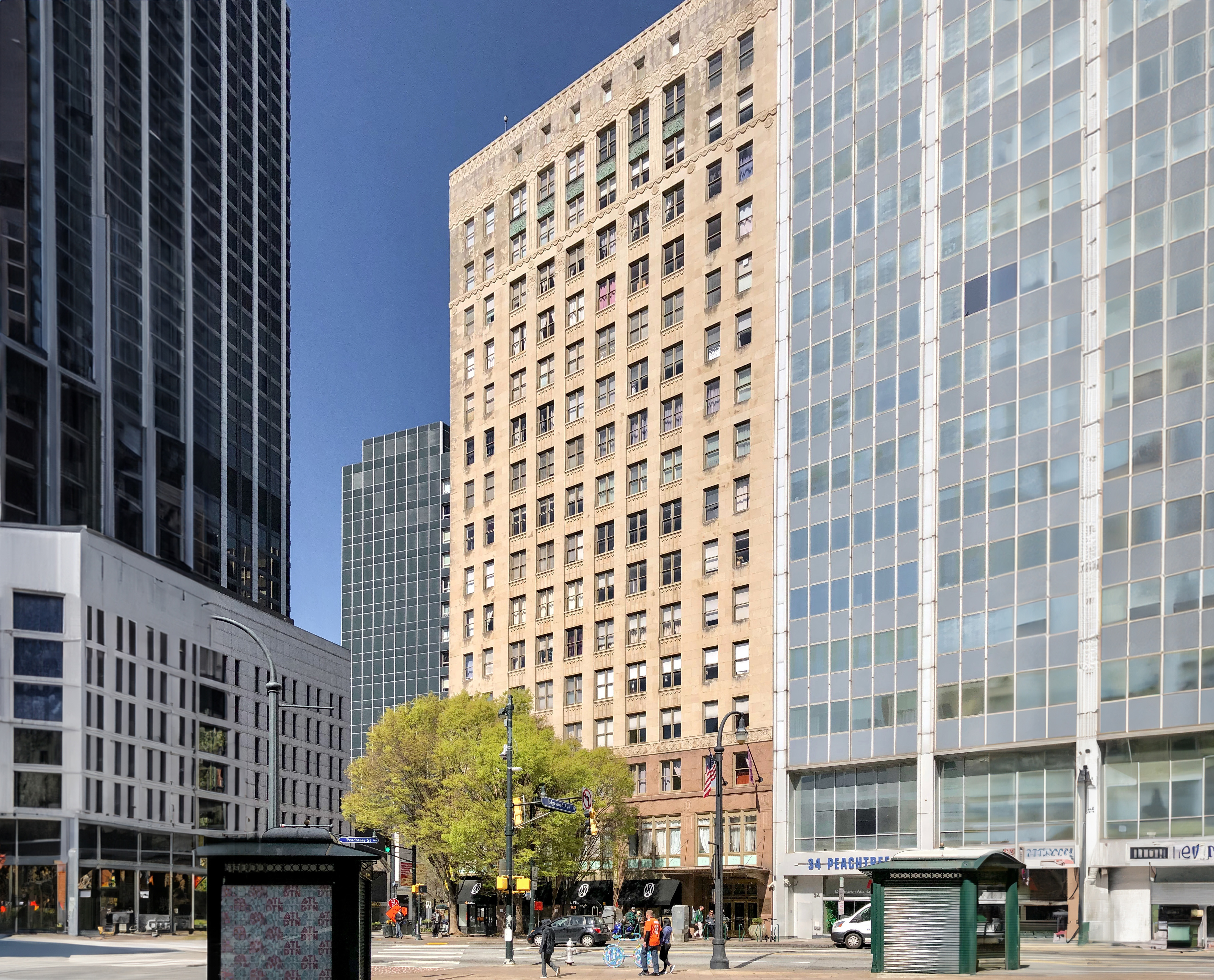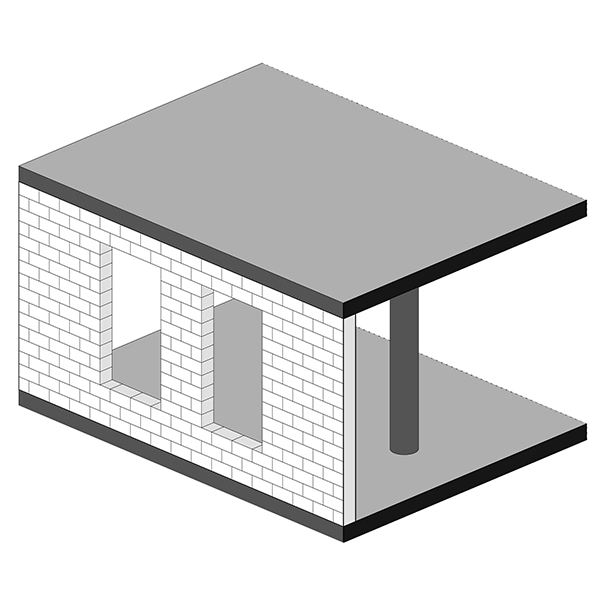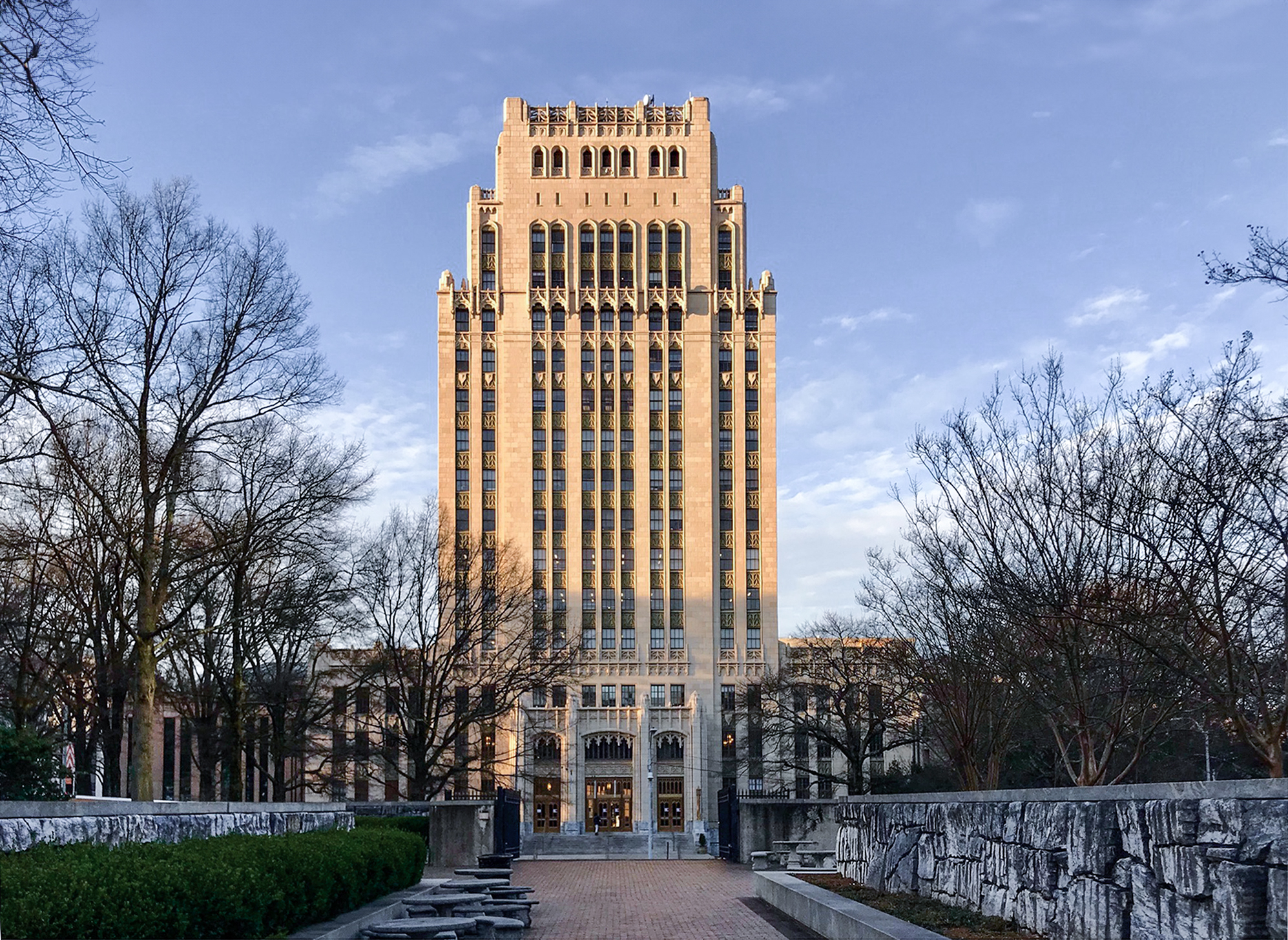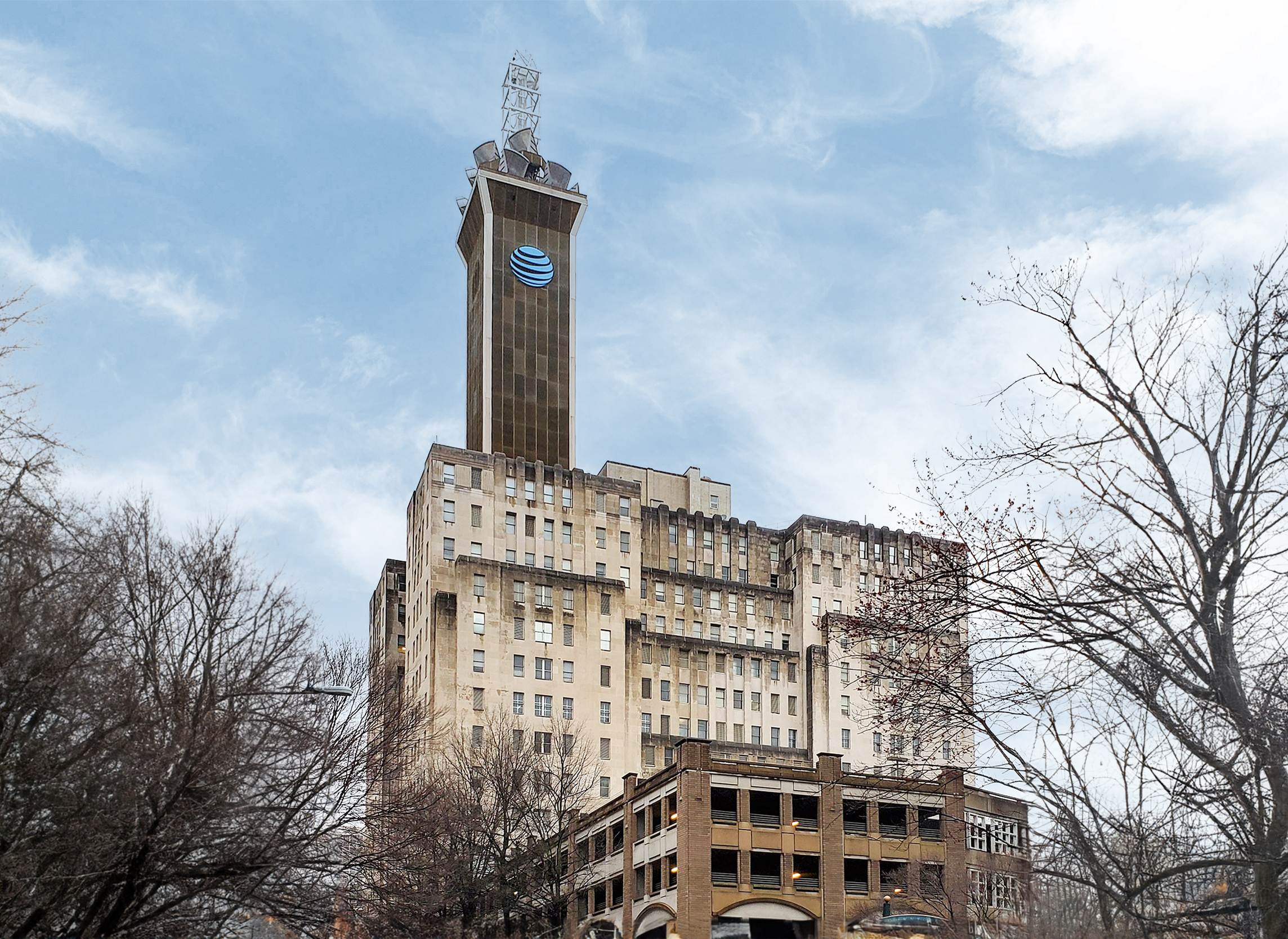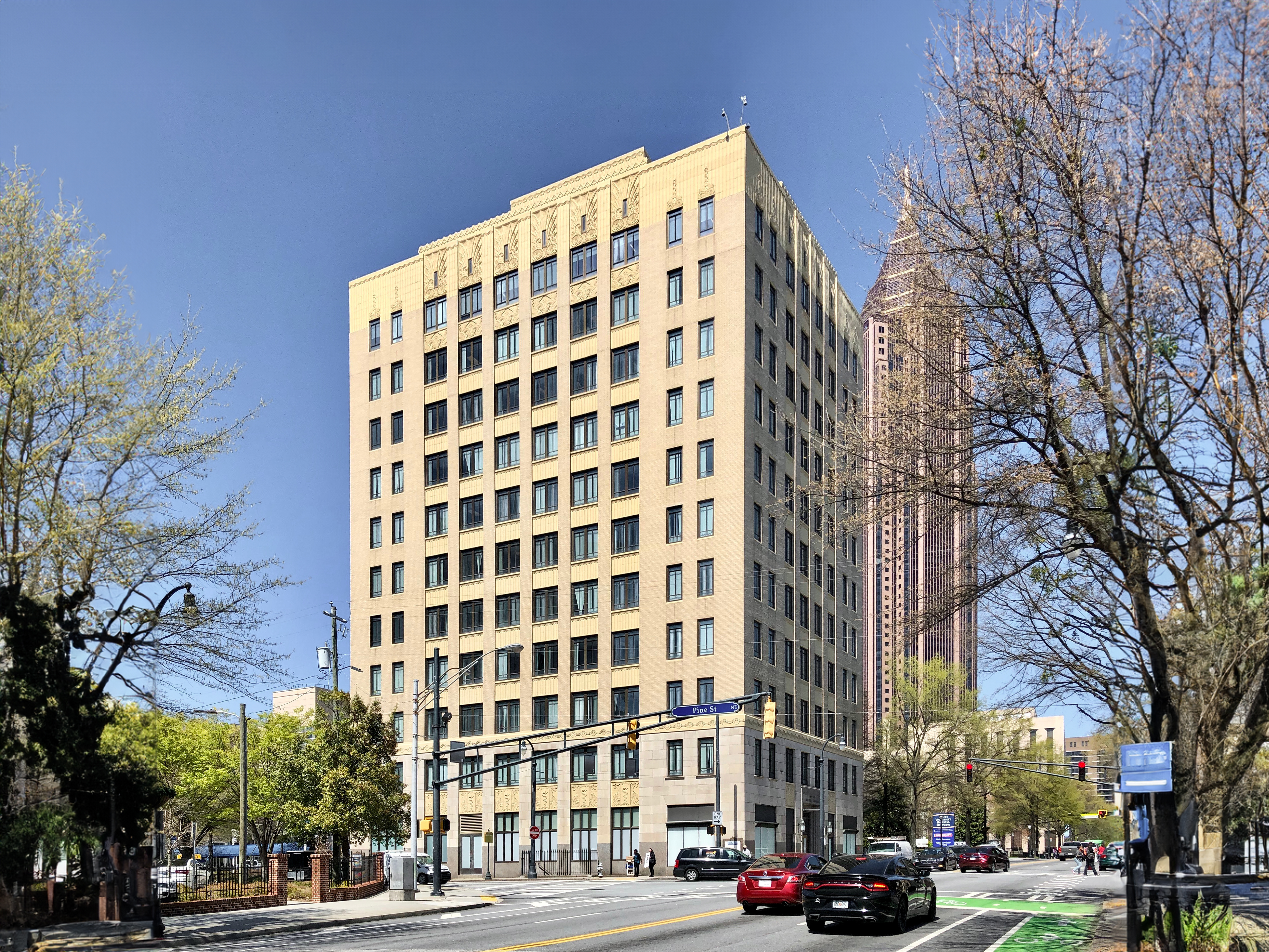The William-Oliver Building is an Art-deco skyscraper designed by Pringle and Smith, and built in 1930 in Atlanta, GA.
Its precise street address is 32 Peachtree Street NW, Atlanta, GA. You can also find it on the map here.
The building has been restored 2 times over the years to ensure its conservation and adaptation to the pass of time. The main restoration works happened in 1978 and 1996.
